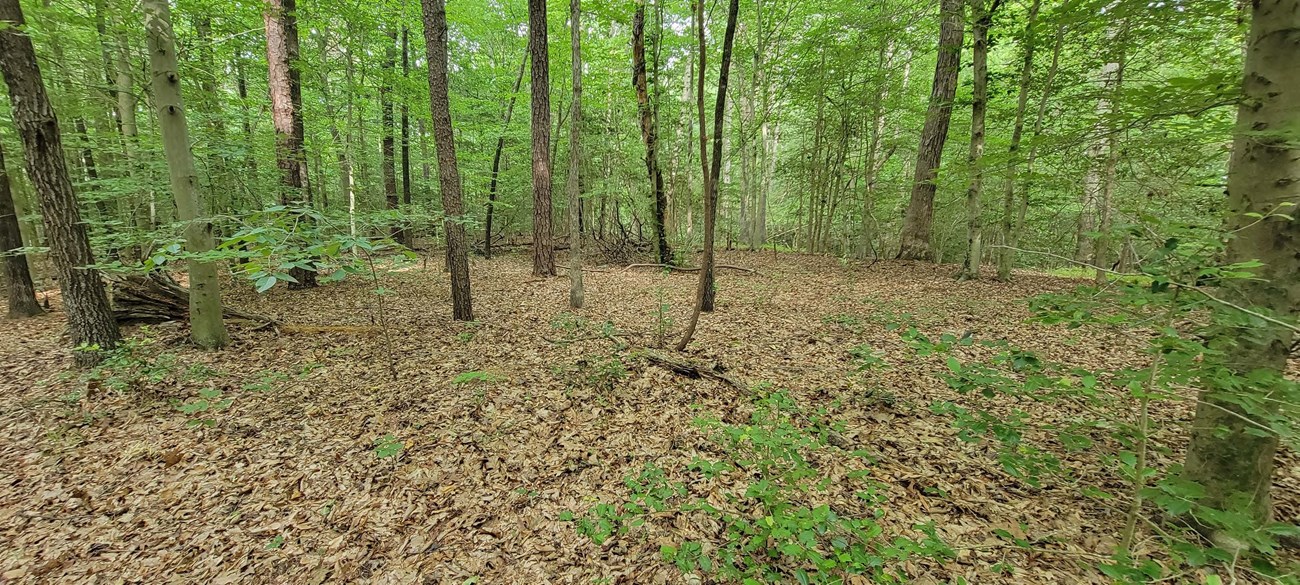Last updated: May 23, 2024
Article
The Fight for Deep Bottom

Capital Region Land Conservancy
Recipient: Virginia Department of Conservation and Recreation
Amount: $ 1,278,000.00
Acres: 138.86
11-miles southeast of Richmond, Virginia is an area along a bend in the James River called “Deep Bottom.” In the Summer of 1864, Union Forces under General Ulysses S. Grant advanced through this area to force a second front away from the Confederates defending Richmond at Peterburg, and directly threaten the Confederate capitol and vital supply lines. Crossing the James at Deep Bottom Landing in June, the Union II and X Corps attacked southern fortifications for two-months, making three major attempts to break the Confederate line near New Market Road and Camp Holly.
In the first battle of Deep Bottom (July 27-29, 1864), Union Forces were met by a strong Confederate counterattack that halted their advance. While at the second battle of Deep Bottom (August 13-14, 1864), the Union X Corps nearly broke through at Fussell's Mill, leading to the third and final assault at the Battle of New Market Heights (September 24, 1864). During that battle, U.S. Colored Troops broke through the right flank of the Confederate entrenchments, making any further defense untenable, and forced the Confederates to withdraw. For their bravery at New Market Heights, 14 members of the U.S. Colored Troops were awarded the Medal of Honor.
The property preserved today by the collaborative partnership of the Virginia Department of Conservation and Recreation and the Capital Region Land Conservancy with the assistance of a Battlefield Land Acquisition Grant, preserves 138.86-acres at Camp Holly, an important Confederate position during all three battles at Deep Bottom. Camp Holly also served as an important military encampment during the Revolutionary War and War of 1812, because of its proximity to fresh water.
Battlefield Land Acquisition Grants from the NPS American Battlefield Protection Program empower preservation partners nationwide to acquire and preserve threatened Revolutionary War, War of 1812 and Civil War battlefields. In addition, the program administers three other grants: Preservation Planning Grants, which are open to all sites of armed conflict on American soil, the newly authorized Battlefield Restoration and Battlefield Interpretation Grant programs. This financial assistance generates community-driven stewardship of historic resources at the state, tribal and local levels.
